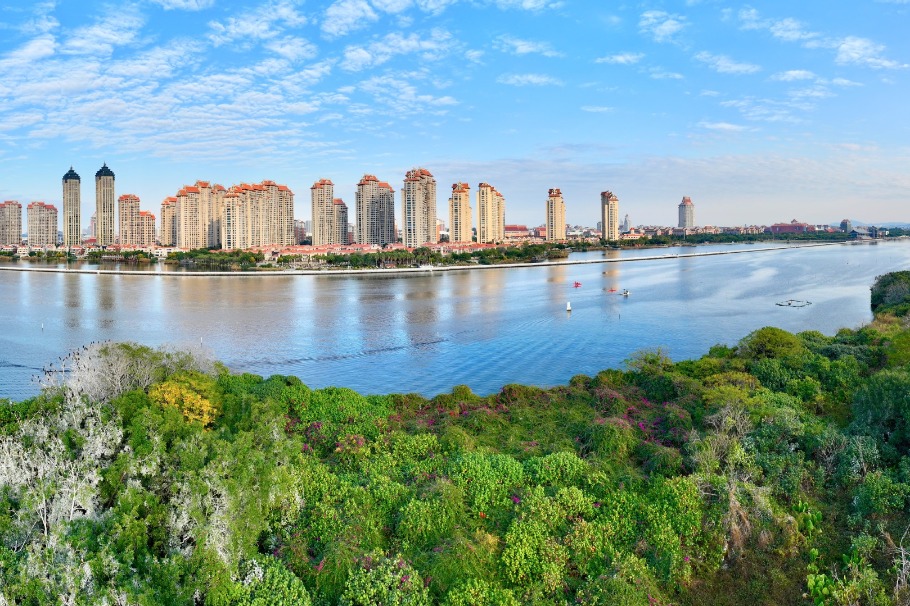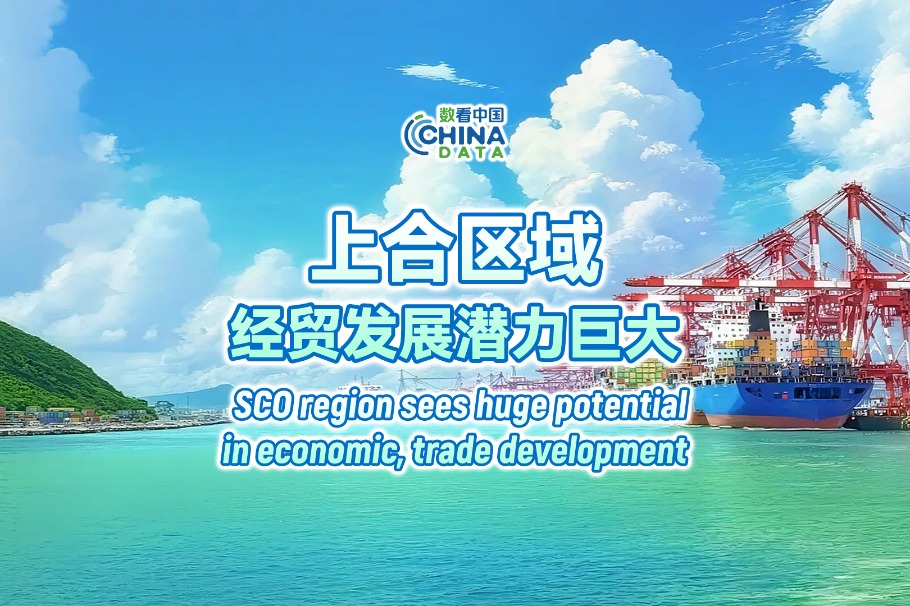World Bank: Developing East Asia Pacific to grow 5% in 2022


WASHINGTON - The developing East Asia and Pacific countries is projected to grow by 5 percent in 2022 amid the resurgence of COVID-19 pandemic, tighter financial conditions and the Russia-Ukraine war, the World Bank said Monday.
"Shocks emanating from the war in Ukraine and the sanctions on Russia are disrupting the supply of commodities, increasing financial stress, and dampening global growth," said the World Bank's newly released East Asia and Pacific Economic Update.
"Just as the economies of East Asia and the Pacific were recovering from the pandemic-induced shock, the war in Ukraine is weighing on growth momentum," said World Bank Vice President for East Asia and Pacific Manuela V. Ferro. "The region's largely strong fundamentals and sound policies should help it weather these storms."
Surging U.S. inflation could provoke faster-than-anticipated financial tightening, perhaps timely in the United States but "too early" in many East Asia and Pacific countries where recovery is "incomplete," according to the report. The risk of capital outflows, which could put pressure on some countries' currencies, could induce "premature" financial tightening.
Overall economic growth in developing East Asia and Pacific countries is projected to slow to 5 percent in 2022, 0.4 of a percentage point less than expected in October, the World Bank noted, adding that if global conditions worsen and national policy responses are weak, growth in the region could slow to 4 percent.
To mitigate the risks and grasp the opportunities, the World Bank urged governments to enhance efficiency of fiscal policy for recovery and growth, and strengthen macroprudential policies to mitigate risks from global financial tightening.
It also called on policymakers to reform trade-related policies in goods and, especially, in still-protected services sectors to take advantage of shifts in the global trade landscape, and encourage diffusion of technology.
"The contrast in the region is that the region has been very open to trade and investment in goods, and that's how a lot of the growth came, but it has been relatively restrictive to trade and investment in services," World Bank East Asia and Pacific Chief Economist Aaditya Mattoo told Xinhua.
Mattoo also noted that it's unfortunate that over the last few years, many countries in the world have started "looking inwards," and have started thinking about bringing back value chains.




































